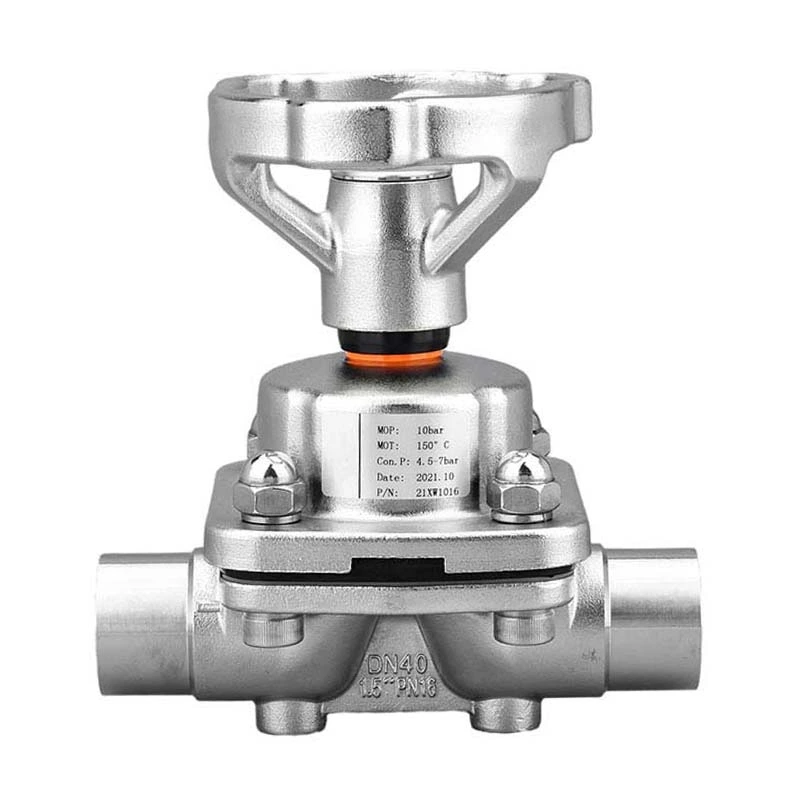What Affects The Working Temperature Of The Sanitary Diaphragm Valve?
Sanitary Diaphragm Valve is used to control the opening, closing and throttling of various pipelines or equipment for pharmaceutical and drinking food media. So what affects the working temperature of the sanitary diaphragm valve? Let's take a look at it together.
Sanitary diaphragm valves can be easily controlled by media such as water and oil. Suitable for different industries such as petroleum, metallurgy, pharmaceuticals, brewing, beverages, dairy products, etc. The sanitary diaphragm valve is suitable for a wide range of media, which is not empty talk. It is not only suitable for general water, gas and other media, such as viscous liquids, gases, corrosive media, but can also be used freely. The sanitary diaphragm valve is suitable for solid and easily contaminated inert media. Its structure is simple, the operation is also very flexible, and the shape is also quite beautiful. It is very convenient to load and unload, and ordinary people can do it.
The sanitary diaphragm valve is equipped with a flexible diaphragm or a combined diaphragm in the valve body and the valve cover, and its closing piece is a compression device connected to the diaphragm. The valve seat can be a weir shape or a pipe wall of a straight flow channel. The advantage of sanitary diaphragm valve is that its operating mechanism is separated from the medium passage, which not only ensures the purity of the working medium, but also prevents the possibility of the medium in the pipeline impacting the working parts of the operating mechanism.
In addition, no separate seal is required at the valve stem unless it is used as a facility in controlling harmful media. In sanitary diaphragm valves, since the working medium contacts the diaphragm and the valve body, both of which can be made of a variety of different materials, the valve can ideally control a variety of working media, especially for media with chemical corrosion or suspended particles. The operating temperature of sanitary diaphragm valves is usually limited by the materials used for the diaphragm and the valve body lining, and its operating temperature range is approximately -50 to 175°C. The sanitary diaphragm valve has a simple structure and consists of only three main components: the valve body, the diaphragm and the valve head assembly. The valve is easy to disassemble and repair quickly, and the diaphragm can be replaced on site.
